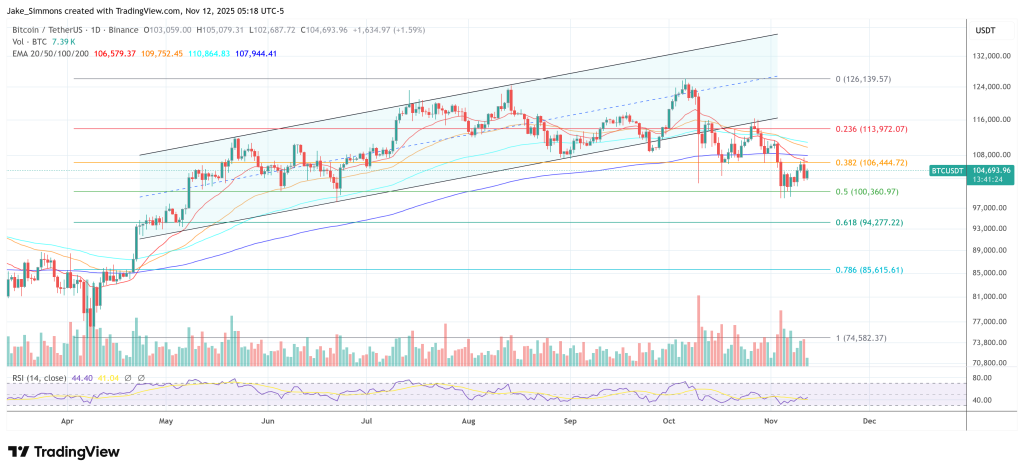
A technical debate erupted on X after chain analyst Willy Woo published what he called a “DUMMIES GUIDE TO BEING QUANTUM SAFE,” urging Bitcoin holders to migrate coins away from Taproot addresses (bc1p) to SegWit bc1q or older P2PKH/P2SH formats and to avoid spending until post-quan protections are available.
How to Make Bitcoin ‘Quantum Secure’
“It used to be about protecting your PRIVATE KEY (your seed phrase). In the age of big scary quantum computers (BSQC) to come, you also have to protect your PUBLIC KEY. Basically, a BSQC can figure out your private key from a public key. Today’s taproot addresses (the latest format) do NOT start with ‘these embed key’ and these are embed addresses. address, not good,” Woo wrote on 11 Nov.
His argument is based on a well-understood difference in Bitcoin script types: Pole root (P2TR) encodes a public key directly into the output and address, while older formats like P2PKH/P2SH and SegWit P2WPKH hash the public key and reveal it only when coins are spent. The architectural difference matters in a future where a sufficiently powerful quantum computer could derive a private key from a disclosed public key. Independent references note that P2TR does indeed have a public key in the output, while P2PKH hides it until it is spent.
Woo’s interim playbook is blunt: move UTXOs to bc1q (or “1”/”3″) addresses, keep receiving to that address, but “NEVER send BTC out of it” until Bitcoin sends a quantum resistant upgrade—at which time holders should move during low traffic congestion, minimizing the window where a public key is exposed in the mempool: “Send your BTC to the new quantum-safe address when the network is NOT congested, once you send you expose the private key for a short time. It is unlikely that a BSQC will steal your coins in that short window.”
He also warned that P2PK “Satoshi era” exits are most vulnerable and suggested that lost coins with past spending history could be vulnerable. “Satoshi’s 1M coin using an old P2PK address will be stolen (unless a future soft fork freezes them),” he wrote, adding that ETFs, treasuries and exchange cold storage “can be quantum resistant if custodians take action” well before any soft fork.
Woo characterized the industry’s expectations as “2030 and beyond” for the arrival of “Q-Day,” while stressing that standards for quantum resistance are already rolling out across the broader crypto space.
Former Bitcoin Core maintainer Jonas Schnelli agreed upon with the hygiene but printed back on the frame. He called Woo’s plan a cautious cap on unused coins — “P2PKH gives you years of protection while Taproot exposes your pub key instantly” — but rejected the term “quantum-safe.”
In Schnelli’s view, the moment any spend is broadcast, “your pub key hits the mempool. A quantum attacker can crack your key and RBF double-spend before your transaction is confirmed (~10 minutes).” He concluded: “It’s a smart precaution, not a permanent solution.”
At press time, BTC was trading at $104,693.

Featured image created with DALL.E, charts from TradingView.com

Editorial process for bitcoinist is focused on delivering thoroughly researched, accurate and unbiased content. We maintain strict sourcing standards and every page is carefully reviewed by our team of top technology experts and experienced editors. This process ensures the integrity, relevance and value of our content to our readers.





